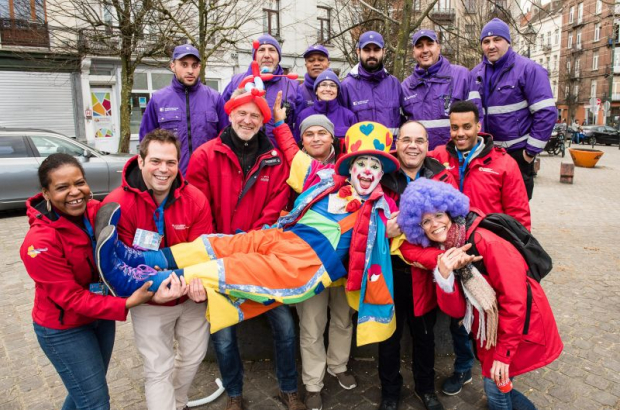- Daily & Weekly newsletters
- Buy & download The Bulletin
- Comment on our articles
Carnival in Brussels: Six local parades you should see
Belgium has robust, living folklore traditions, with more than 120 towns holding carnival festivities. The most famous are Aalst (since the 13th century), Binche (since 14th century) and Malmedy (15th century).
But Brussels is the exception. It is one of the only Belgian towns that had no carnival or Mi-Carême festivities. No one is sure why, but the prevalent explanation is that Brussels, having been the capital city since the 15th century, was the seat of power and those in power did not appreciate the subversive humour and the reversal of roles that characterise carnival days, and they banned the events.
In fact this wasn't always limited to Brussels. Under Napoleon, masks were banned, not that he succeeded in imposing the ban since that's when the Gilles of Binche started to wear them. The origins of carnival are religious but at some point the tradition that one could treat one's betters as equals and mock anyone during carnival took the upper hand.
Now, since the turn of the century, carnivals have blossomed in Brussels. Only one major exception, in Schaerbeek, is older. Here is a list of some of Brussels carnivals to enjoy, in date order.
Quartier du Nord carnival - 27 February
This is the 3rd edition of the North Neighbourhood Carnival Parade, which was created with an emphasis on children’s participation. It kicks off with the burning of Mr Winter at the Maximilian Farm, followed by a parade, and clown and magician shows.
Saint-Gilles carnival - 29 February
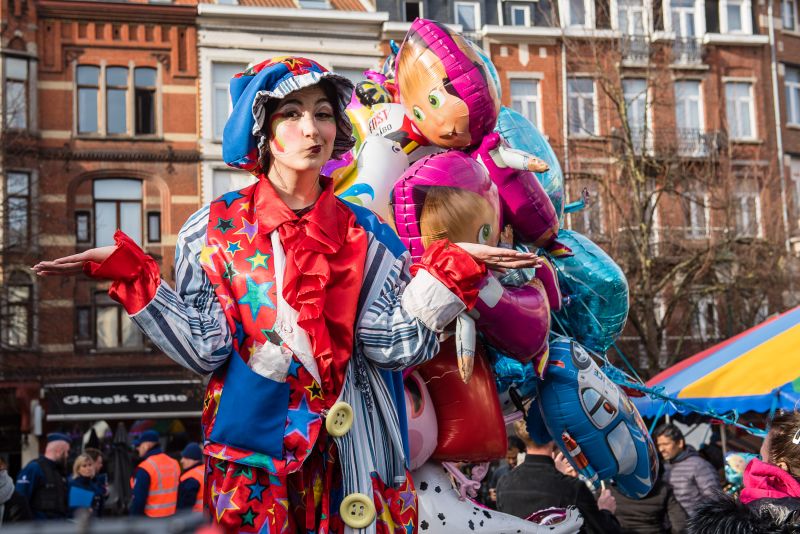
This is the 22nd edition of Saint-Gilles' carnival. Sponsored by the municipality, it invites everyone to dress up and parade under copious amounts of confetti and to dance to the frenetic music of the marching bands including Percussion Terra Brasil and Matissa.
Venice in the Marolles - 29 February
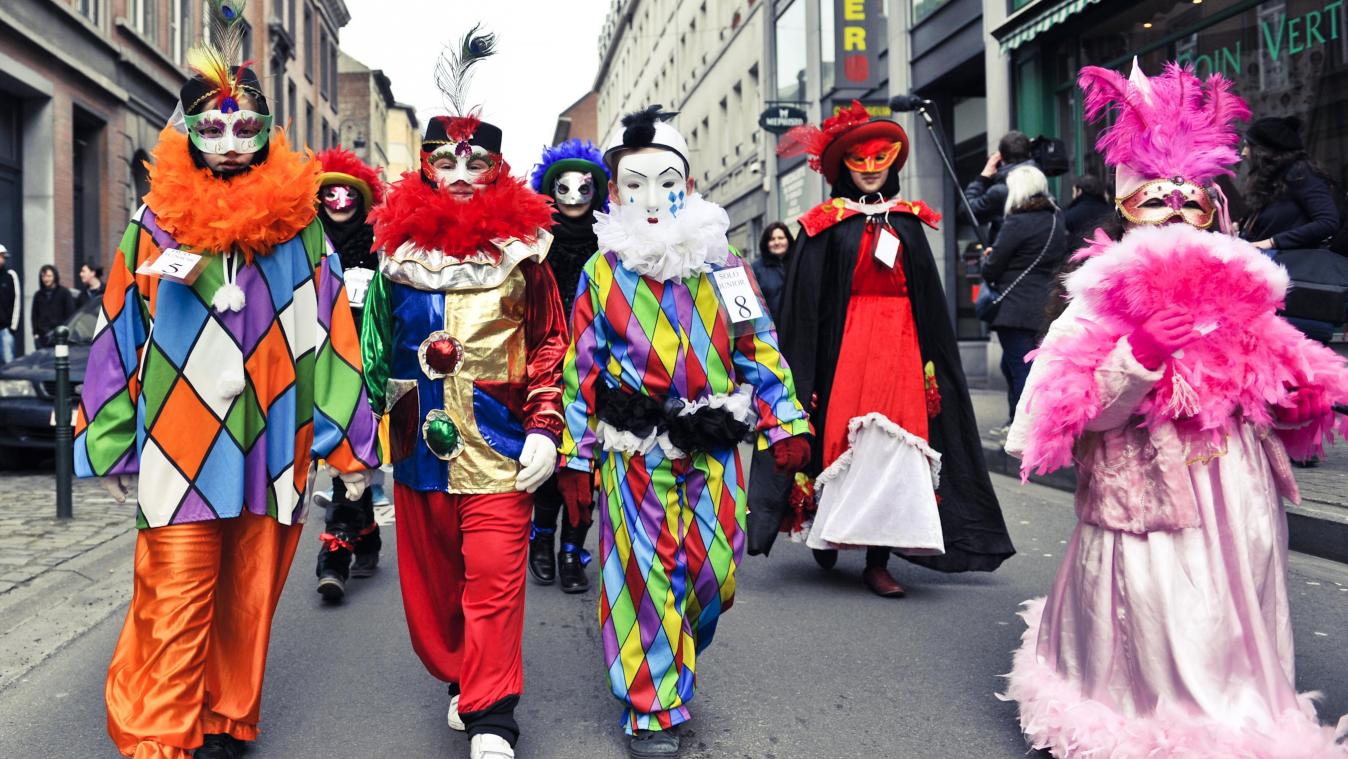
This salute to Venice is now in its 10th year - and this year it's breaking out from being a local neighbourhood event in the Marolles by creating a parade route that first wanders around local streets then follows the Rue Haute and makes its way through small streets to salute the Manneken Pis before arriving at the Grand-Place for a ceremony. Then it returns to the Marolles but on different streets, ending at the Bruegel Cultural Centre for refreshments.
Coin du Balai carnival - 21 March
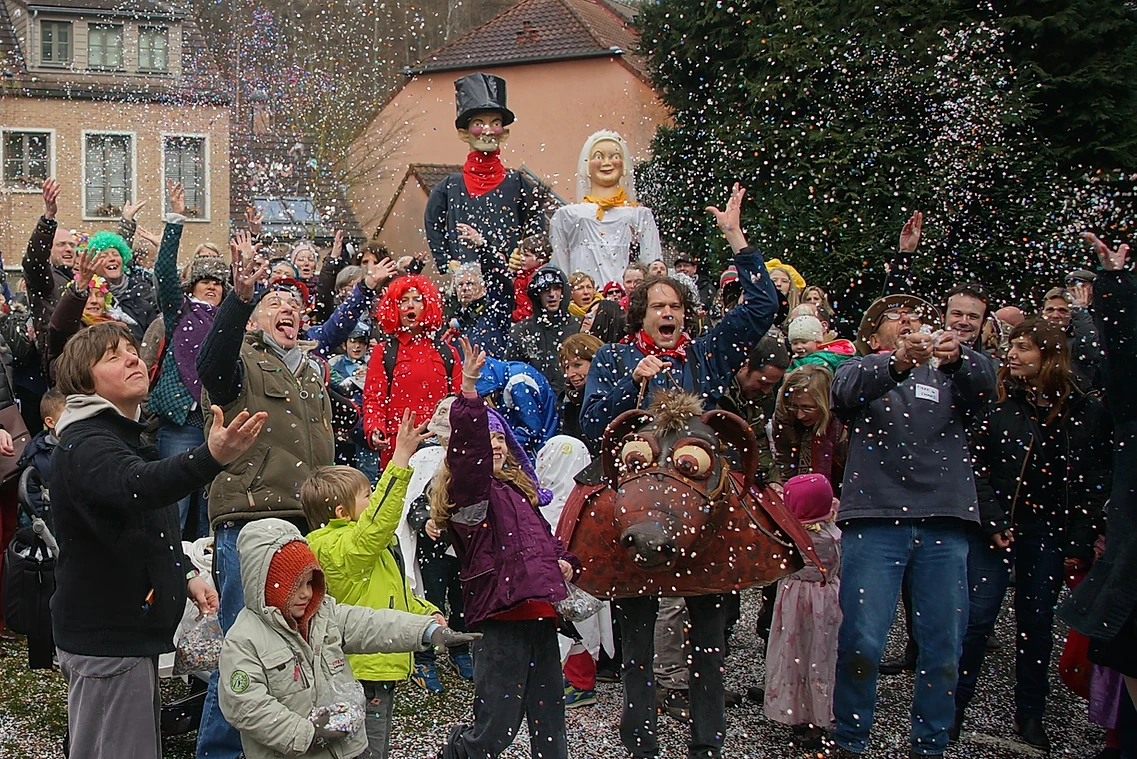
This neighborhood in Watermael-Boitsfort is surrounded by the Sonian Forest. Its name comes from the fact that the early inhabitants, having no fields to cultivate, were given the right in the 15th century to collect wood branches to make their living by creating products from the branches, including the big brooms (balais) that used to be used all over the city for sweeping the streets. Most of the housing stock was built between 1880 and 1920, the earlier housing having been built to accommodate people from the Marolles whose houses were demolished to make room for the Palace of Justice. They brought their inner city habits and culture - and starting in 1894 there were kermesses (fêtes) organised up until the 1970s. The first carnival, put on in 1996, was a modest affair. Then the neighbourhood giants Mieke and Janneke were restored and this year is the 20th edition of what has become a vibrant event complete with parade, giants, marching bands, dancers and bonfires.
Carnaval Sauvage / Carnaval du Canal (21 March)
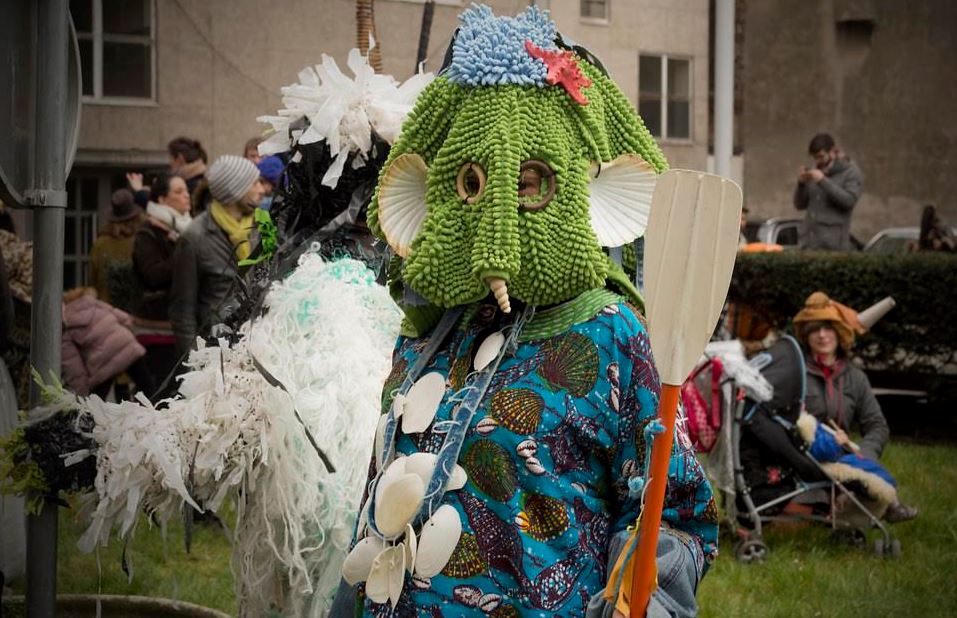
This 'Wild Carnival', now in its eighth edition, goes back to the anarchic subversive origins and claims to represent "the disorder and the vital power of party-making, values without which the central social order is unbearable. This is an independent, autonomous, marginal carnival that takes over the streets of Brussels to celebrate the death of winter and the rebirth of life". Connecting the canal neighbourhoods with the Marolles, the parade shows off the amazing masks and costumes the participants have created. The effigies they burn are not Mr Winter but rather Mr Real Estate Developer and Ms Bureaucracy.

Schaerbeek’s carnival is the exception in Brussels' carnivals. It is presenting its 91st edition, the first having taken place in 1894, the second in 1903 and then with breaks during the two world wars and a 20-year break from 1978 to 1998. This is the heavyweight in Brussels carnivals (Schaerbeekers will tell you that it’s the only 'real' carnival in Brussels) with a parade 2km long, many dozen floats including some from Wallonia and Flanders, hundreds of participants, thousands of spectators, and a carnival Prince or Princess.











